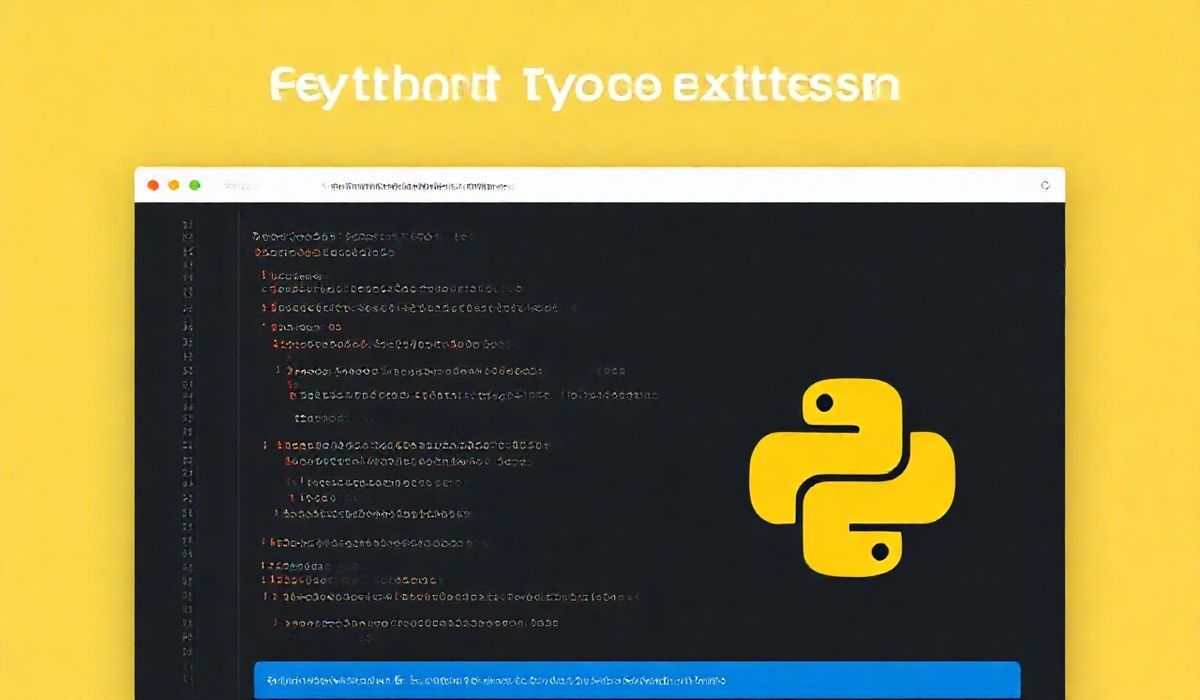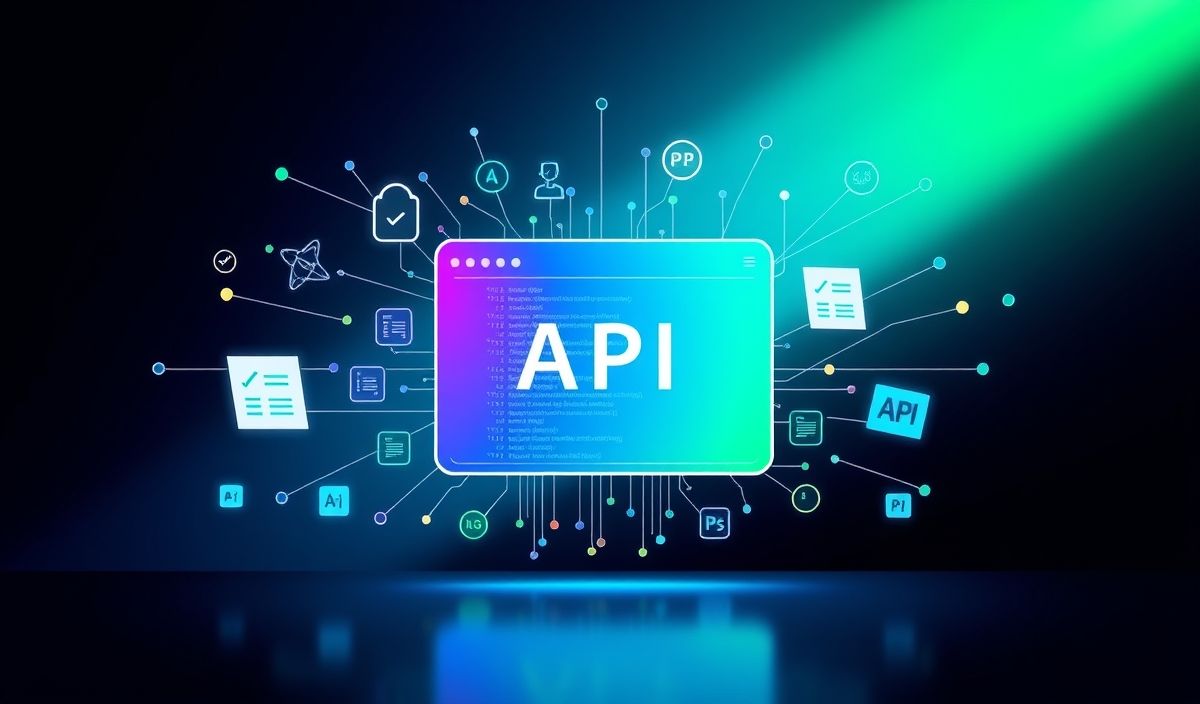Introduction to capture-console
The capture-console module for Node.js allows developers to capture and manipulate the output of console.log, console.error, and other console methods. This is particularly useful for testing, debugging, and logging purposes. In this guide, we will explore various APIs provided by the capture-console module with code snippets and an example application.
Installation
npm install capture-consoleBasic Usage
Here’s a simple example demonstrating how to capture console output using capture-console:
const captureConsole = require('capture-console');
const output = captureConsole.captureStdout(function() {
console.log('Hello, world!');
});
console.log('Captured:', output);
Capturing Different Console Methods
You can capture different console methods such as stderr, stdout, console.log, console.error, etc. Below is an example of capturing stderr:
const captureConsole = require('capture-console');
const errorOutput = captureConsole.captureStderr(function() {
console.error('This is an error message');
});
console.log('Captured Error:', errorOutput);
Custom Streams
If you want to capture output from a custom stream, you can do so as follows:
const captureConsole = require('capture-console');
const stream = require('stream');
const customStream = new stream.PassThrough();
const output = captureConsole.capture(customStream, function() {
customStream.write('Custom stream output');
});
console.log('Captured from custom stream:', output);
Example Application
Let’s build a simple application that utilizes capture-console to capture logs for debugging:
const captureConsole = require('capture-console');
const http = require('http');
const server = http.createServer((req, res) => {
const logOutput = captureConsole.captureStdout(function() {
console.log('Request received:', req.url);
});
res.writeHead(200, {'Content-Type': 'text/plain'});
res.write('Hello, this is your server!\n');
res.write('Captured Logs:\n' + logOutput);
res.end();
});
server.listen(3000, () => {
console.log('Server running at http://localhost:3000/');
});
In this example, the server captures the console log output each time a request is received and sends it back in the response. This can be a useful technique for debugging.
Conclusion
The capture-console module is a versatile tool for capturing and manipulating console output in Node.js applications. By using the various methods provided by the module, you can improve your debugging, testing, and logging processes significantly.
Hash: 166018980364ac681cb54cb1450704eb6ec94776a93c90b16bbc14b5e71660d2




